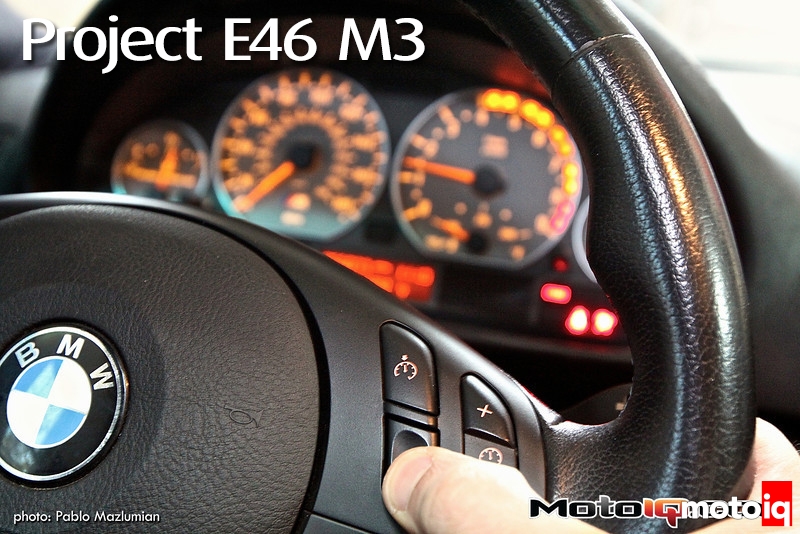,

The AEM Infinity has a plethora of setup inputs to make your tune streamlined. Notice here, the software is asking for the number of cylinders, firing order, displacement, type of ignition, and the load selection (all of which AEM had done already in its base map).

Here we see injector phasing. An injector fires at a designated degree rotation in the four-stroke cycle, or 720 degrees flywheel rotation. The included base map has this too.

A few parameters of engine protection include overboost protection, oil pressure protection, lean protection with lean fuel or ignition cuts, and even a lean rev limit. If all is tuned correctly, it’s hard to imagine how an engine will ever break running on an AEM Infinity.

Here we see knock control, which includes knock detection at a specified frequency (as opposed to a simple noise level). It even says in the middle of page what it is and the general rule of thumb to set up. What we also have are user-definable parameters, which includes defining the desired minimum throttle necessary before knock is even in question or, if knock does happen, how much fuel to add or ignition to cut, etc.
With some other EMS systems, knock control is done through voltage that is picked up by a knock sensor, which is essentially a tuned microphone. When I had my E36 M3 turbo running an AEM Series 1, it was fine because anything over 0.4 volts was knock, and the sensor read up to 5.0 volts. But the noise could have been anything. For instance, I could register what the EMS would deem “knock” by taking a hammer and lightly tapping the block.
With my Supra, however, I’d see 4.0-plus volts at anything over 5000 rpm—it didn’t matter if I put 5 degrees ignition advance or 15—it was just a super noisy valvetrain and, thus, more difficult to rely on the knock tables. Hey, it's way better than nothing as some of the competitors’ systems still don’t provide any knock control whatsoever!
With the AEM Infinity knock is registered in the same way that many newer factory cars do. The engine noise goes through a filter that allows knock control parameters to kick in only when a certain frequency true to the particular vehicle’s engine knock is registered. So now a loud valvetrain or blow-off valve won’t trick the car into activating knock control, as opposed to when a true knock event occurs. To properly set up the knock, a little testing is needed in some applications to determine what the frequency is for true knock in that application, as well as the knock window.

Under the “knock” tab you can define a separate noise floor for each individual cylinder, even if you are only using one or two knock sensors on the engine. Often, certain cylinders will be louder or quieter than others according to the knock sensor, this feature allows knock detection to be just as sensitive for all cylinders.



